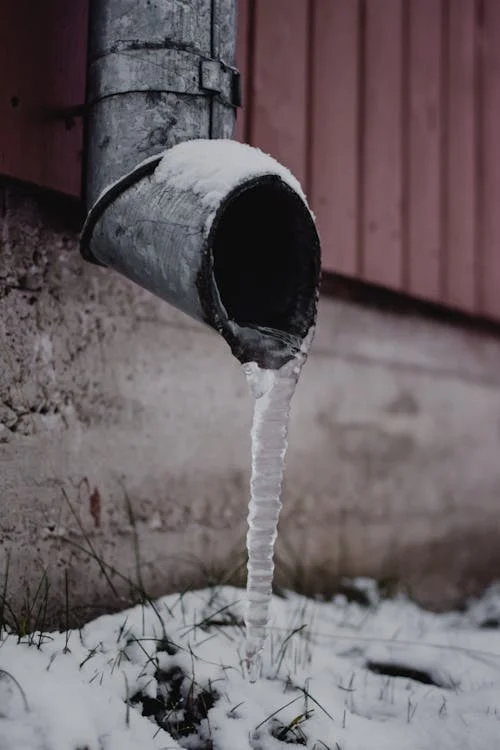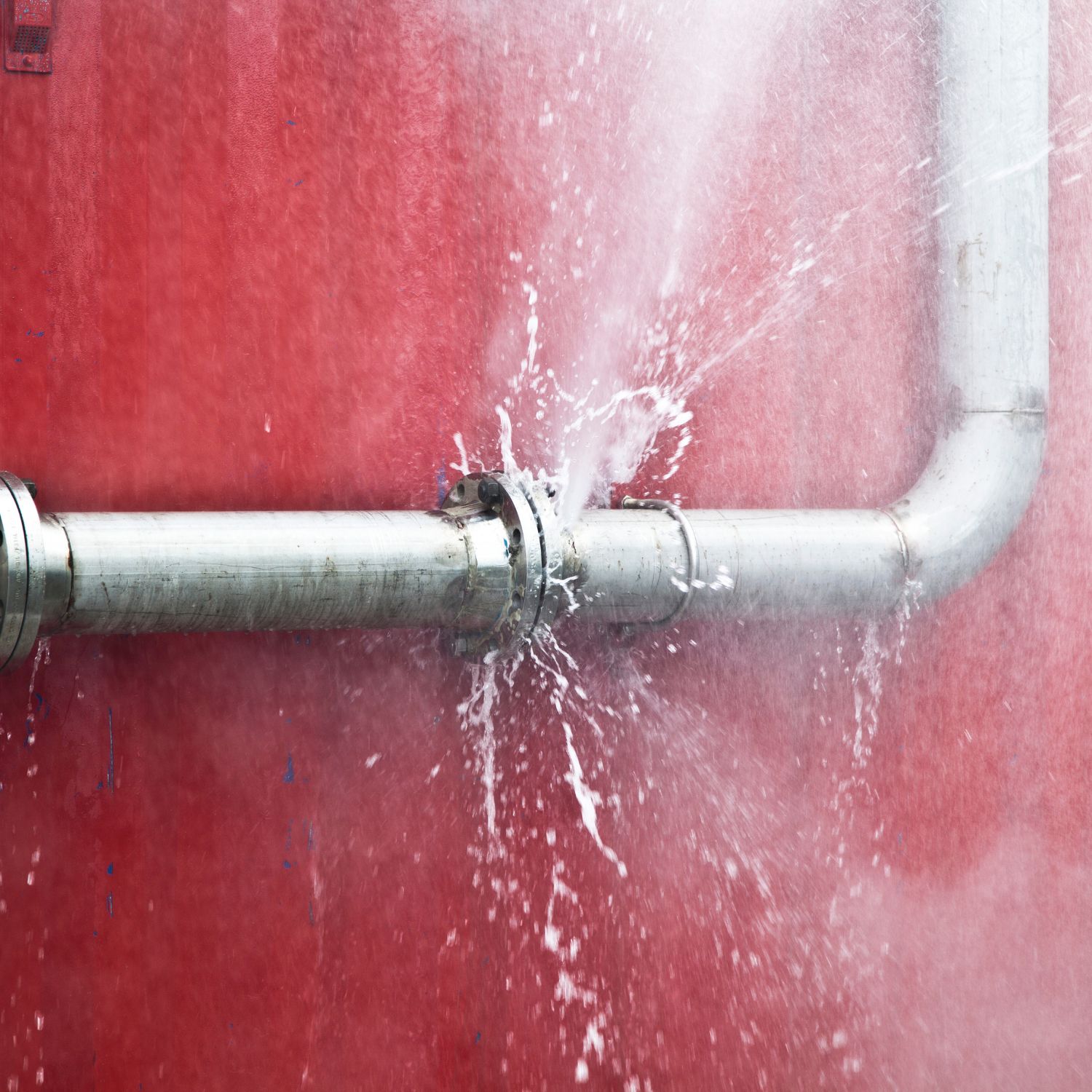Protecting Against Burst Pipes: Crucial Tips to Shield Your Pipes
Protecting against ruptured pipes is a vital problem for home owners, specifically throughout cooler months when the risk of cold is enhanced. Carrying out strategic measures such as appropriate insulation, routine evaluations, and keeping regular interior temperature levels can significantly lower the chance of pipeline failing.
Understand Pipeline Vulnerabilities
Comprehending pipe vulnerabilities is important for reliable plumbing maintenance and protecting against expensive damages. A number of elements add to the susceptibility of pipelines to ruptureds, including product composition, age, and environmental conditions. Older pipelines, especially those made from galvanized steel or polybutylene, commonly deteriorate in time, leading to boosted danger of leaks and ruptures.
Temperature level changes can additionally dramatically influence pipeline integrity. In cooler climates, water entraped in pipes can ice up, exerting and increasing stress on the pipe walls, which might ultimately bring about a ruptured. High water pressure can strain pipelines, especially at bends and joints, enhancing the possibility of failing.

Insulate Water Lines Appropriately
Correct insulation of pipes is crucial for preventing cold and subsequent ruptureds during winter (burst pipe). Protecting your pipes system successfully safeguards against temperature level goes down that can lead to costly damages. Begin by recognizing susceptible locations where pipes are subjected to outdoor temperature levels, such as basements, attic rooms, and outside walls
Use foam pipe insulation sleeves or cover insulation tape around these locations to provide a safety obstacle. Ensure that all sections of the pipelines, especially those with minimal heat exposure, receive adequate insulation. Pay special interest to joints and fittings, as these are more vulnerable to cold.
When shielding, it's important to select materials that satisfy regional building regulations and are proper for the details setting. Fiberglass insulation is often suggested for its thermal resistance properties. In addition, consider making use of warmth cords or tape in severe problems, which can be connected in to offer additional warm
Consistently check protected pipelines for any kind of signs of wear or damages, as compromised insulation can decrease its performance. By taking these proactive procedures, you substantially minimize the danger of pipe bursts, ensuring a reliable pipes system throughout the wintertime months.
Maintain Regular Temperature Level
A secure indoor temperature is necessary for protecting against ruptured pipelines throughout the icy months. When temperature levels drop, water within pipes can ice up, broadening and developing pressure that might inevitably create the pipelines to ruptured. To mitigate this danger, property owners should keep a constant temperature level throughout their living area, preferably no less than 55 ° F(13 ° C)Utilizing a programmable thermostat can help take care of indoor temperature levels effectively, guaranteeing that spaces with pipes continue to be cozy also when the house is empty. Pay special attention to areas that are a lot more prone to cool, such as basements, garages, and attic rooms. Keeping cabinet doors open under sinks can also enable warmer air from the home to distribute around plumbing.
This small circulation of water can prevent cold by alleviating pressure within the pipelines. By carrying out these strategies, home owners can significantly minimize the danger of pipe ruptureds and guard their plumbing systems against the rough wintertime components.
Regularly Examine Plumbing
Regular examinations of plumbing systems are critical for avoiding burst pipelines and preserving general home integrity. During these inspections, it is important to examine visible pipelines for indications of corrosion, leaks, or wear.
Additionally, inspecting links and joints is essential, as these points are commonly susceptible to leakages. Property owners ought to additionally evaluate water stress levels, as extreme stress can strain the plumbing system and increase the danger of pipe ruptureds.
Consider organizing professional pipes assessments at the very least when a year, especially prior to wintertime, to ensure your system is prepared for chillier temperatures. By being browse around this web-site positive in your technique, you can protect your home versus the disruptive and pricey consequences of ruptured pipes.
Know Emergency Treatments
Recognizing emergency procedures is crucial for every home owner, specifically after performing normal pipes inspections. Being prepared for a plumbing emergency situation can Read Full Report significantly minimize damage and save prices.
Next, keep essential devices handy. A plumbing emergency kit should consist of a wrench, plunger, and towels, along with a flashlight and a pail for small leaks. Additionally, take into consideration having the call information for a trusted plumbing professional conveniently available, needs to the scenario escalate beyond your control.
If you find a leakage or ruptured pipe, quickly transform off the water supply and inform your plumbing. Moreover, document the damage with pictures for insurance coverage objectives. burst pipe. Understand the indications of possible pipes concerns, such as uncommon water pressure variations or damp spots on walls
Ultimately, aggressive understanding and speedy action are vital in managing plumbing emergency situations, guaranteeing your home continues to be protected and lessening prospective damages.

Verdict
Finally, avoiding ruptured pipelines necessitates a multifaceted approach that includes understanding pipeline susceptabilities, correct insulation, keeping consistent indoor temperature levels, regular evaluations, and understanding of emergency situation treatments. By implementing these vital methods, the risk of pipes failings can be significantly decreased, thereby guaranteeing the longevity and performance of the pipes system. Aggressive steps not only secure against potential damages but additionally add to general water conservation and the protection of residential property.
In colder climates, water entraped in pipelines can ice up, expanding and exerting stress on the pipeline wall surfaces, which may eventually lead to a ruptured. When temperatures drop, water within pipelines can ice up, increasing and developing pressure that may inevitably cause the pipelines to ruptured. By executing these techniques, property owners can substantially lower the risk of pipeline ruptureds and safeguard their pipes systems versus see the severe winter months components.
